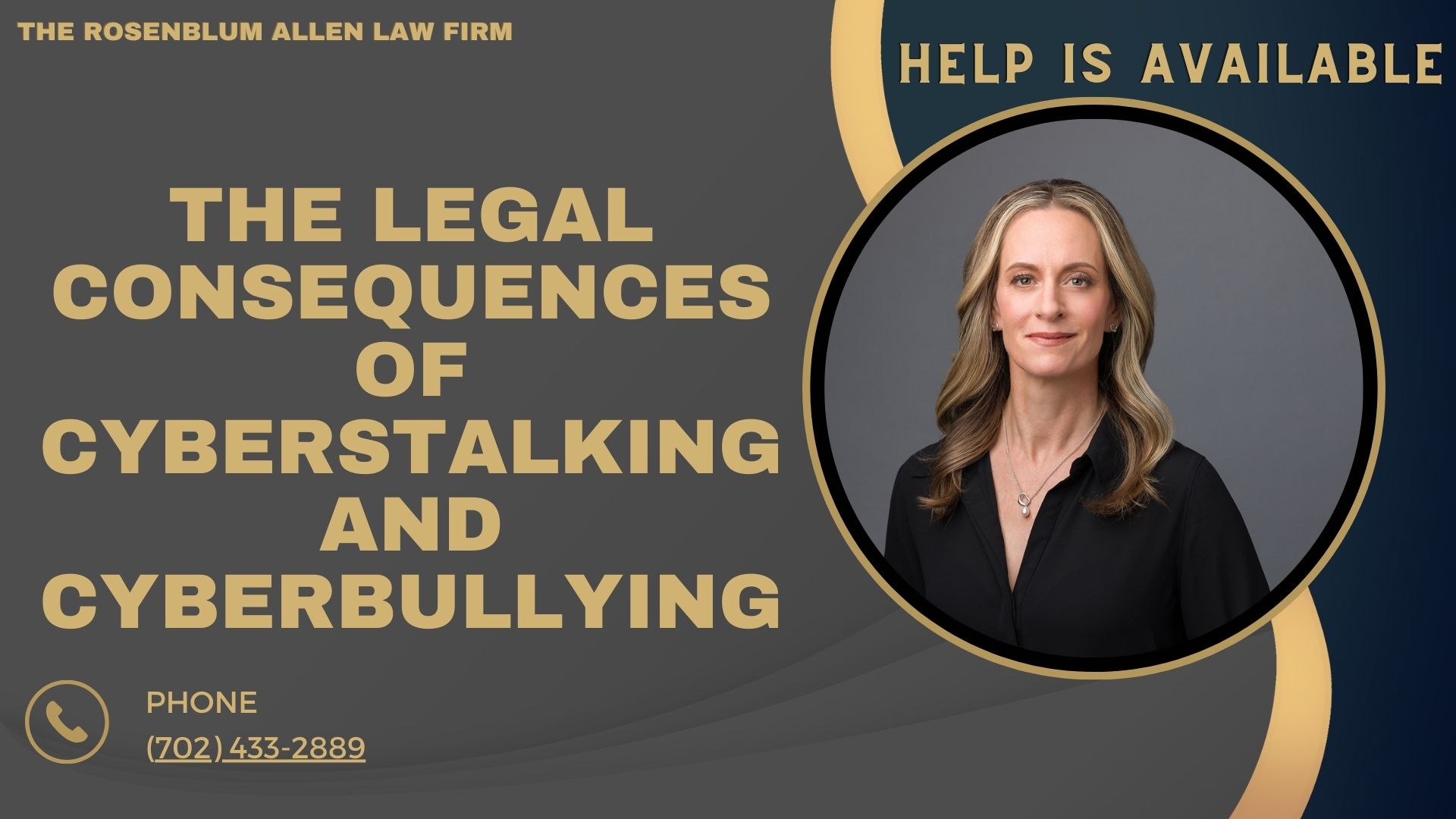Imagine scrolling through your social media feed only to find a barrage of unwanted messages, comments, and tags from someone you barely know. Your heart races as you realize this person seems to know your every move, both online and offline. This is the chilling reality of cyberstalking – a digital nightmare affecting thousands of individuals yearly.
Cyberstalking is more than just an annoyance. It’s a severe form of harassment that can have devastating effects on its victims. From emotional distress to fear for personal safety, the impact of cyberstalking extends far beyond the digital realm.
Definition of cyberstalking
Cyberstalking is using electronic communications to harass, intimidate, or threaten an individual persistently. It can involve:
- Sending numerous unwanted messages or emails
- Tracking someone’s online activities without consent
- Using social media to monitor and harass a person
- Making threats or spreading false information online
- Using technology to gather information about the victim
Prevalence and impact of cyberstalking
The statistics surrounding cyberstalking are alarming. Approximately 1 in 4 stalking victims report experiencing some form of cyberstalking. Women are significantly more likely to be targeted, but anyone can fall victim to this digital menace.
The consequences of cyberstalking can be severe:
- Emotional and psychological distress
- Feelings of vulnerability and loss of personal safety
- Interference with daily life and professional opportunities
- Long-lasting trauma affecting mental health
As our reliance on digital communication grows, so does the potential for cyberstalking. Understanding the legal consequences and protections available to combat this issue is crucial.
Federal Laws Addressing Cyberstalking
The United States has enacted several federal laws to combat cyberstalking and protect victims. These laws provide a legal framework for prosecuting offenders and safeguarding individuals from digital threats.
18 U.S. Code Section 2261A
This statute, often called the federal stalking law, specifically addresses cyberstalking.
Key provisions
The law prohibits using electronic communication to:
- Cause substantial emotional distress to a person
- Place a person in reasonable fear of death or serious bodily injury
It applies to interstate or foreign stalking and covers communication across state lines or using interstate facilities.
Penalties
Violations of this law can result in severe consequences:
- First offense: Up to 5 years in federal prison
- Subsequent offenses: Up to 10 years in prison
- Additional fines and potential civil penalties
18 U.S. Code Section 875
This section deals with interstate communications and covers various aspects of cyberstalking.
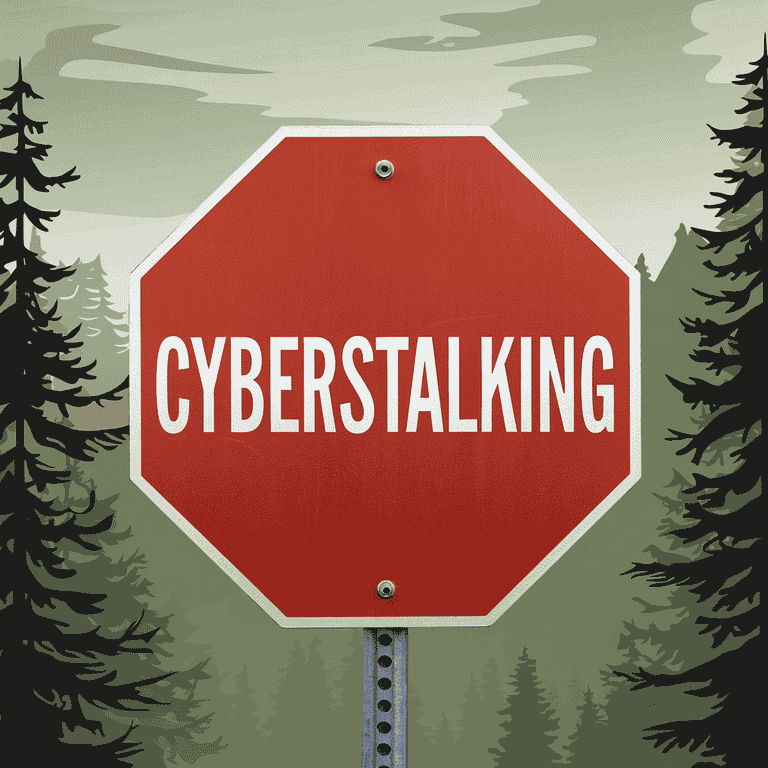
Prohibited actions
The law criminalizes:
- Transmitting threats across state lines
- Using electronic communication to extort money or property
- Making threatening communications
- Harassing or intimidating victims through digital means
Potential consequences
Depending on the severity of the offense, penalties can include:
- Misdemeanor charges for less severe threats
- Felony charges for serious or repeated offenses
- Potential imprisonment of up to 5 years
- Substantial monetary fines
47 U.S. Code Section 223
Originally designed to address obscene or harassing telephone calls, this law has been expanded to cover various forms of electronic communication.
Scope of the law
The statute now extends beyond phone calls to include:
- Online messaging
- Social media communications
- Email harassment
It prohibits using telecommunications devices to:
- Annoy, abuse, threaten, or harass
- Send obscene or indecent content
Punishments for violations
Offenders can face:
- Fines up to $250,000
- Imprisonment up to 2 years
- Civil penalties and potential restraining orders
These federal laws demonstrate the government’s commitment to combating cyberstalking and protecting individuals from online harassment. They provide a solid foundation for legal action against cyberstalkers, but it’s important to note that state laws also play a crucial role in addressing this issue.
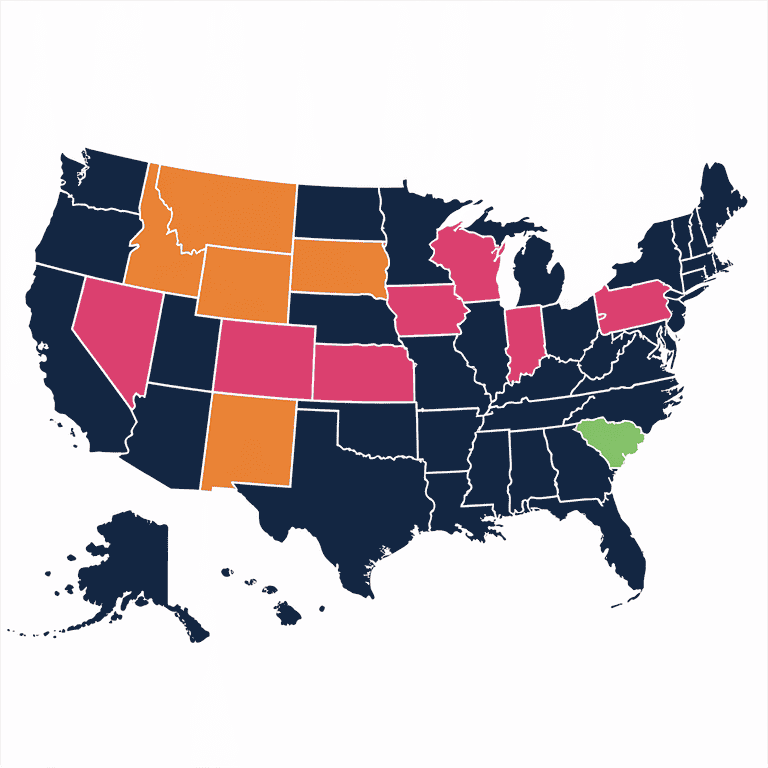
State-Specific Cyberstalking Laws
While federal laws provide a baseline for addressing cyberstalking, individual states have also stepped up. Let’s dive into the patchwork of state laws that aim to protect citizens from digital harassment.
Variations in state legislation
Just like snowflakes, no two-state cyberstalking laws are exactly alike. Some states, like California, have comprehensive laws that specifically target cyberstalking. Others incorporate cyberstalking into broader harassment or stalking statutes.
For example:
- California has a dedicated cyberstalking law (Penal Code 653.2)
- New York includes cyberstalking under its general stalking laws
- Florida has a separate statute for cyberstalking (Statute 784.048)
This diversity can be both a blessing and a curse. It allows states to tailor laws to their specific needs but can also confuse victims and law enforcement.
Common elements across state laws
Despite their differences, most state cyberstalking laws share some common threads:
- Intent to harass or cause fear
- Pattern of behavior (not just a one-time incident)
- Use of electronic communication
- Causing emotional distress or fear of safety
Think of these elements as the ingredients in a cyberstalking law recipe. Each state might add its spices, but the base remains similar.

Criminal Consequences of Cyberstalking
Now, let’s get down to the nitty-gritty. What exactly happens when someone is caught cyberstalking? The consequences can range from a slap on the wrist to serious jail time.
Misdemeanor charges
Cyberstalking is often charged as a misdemeanor in less severe cases. Consider it the “you’re in trouble, but not big trouble” category.
Typical fines
Misdemeanor cyberstalking fines can vary widely:
- Some states impose fines as low as $500
- Others can go up to $5,000 or more
- The amount often depends on the specific circumstances of the case
It’s like a costly speeding ticket but with more serious implications.
Potential jail time
Even misdemeanor charges can lead to time behind bars:
- Most states allow for up to 1 year in jail for misdemeanor cyberstalking
- Some states have lower maximums, like 90 or 180 days
- Judges often have discretion in sentencing, considering factors like prior offenses
Felony charges
When cyberstalking crosses into more dangerous territory, it can be charged as a felony. This is the “now you’re in big trouble” category.
Circumstances leading to felony classification
Cyberstalking might be bumped up to a felony if:
- The stalker violates a restraining order
- There are threats of violence
- The victim is a minor
- The stalker has prior convictions
It’s like the difference between a fender bender and a high-speed chase – both are bad, but one is much more severe.
Enhanced penalties for repeat offenders
The justice system doesn’t look kindly on repeat cyberstalkers. Penalties can increase dramatically for those who don’t learn their lesson:
- Longer prison sentences (sometimes up to 5 years or more)
- Higher fines (potentially tens of thousands of dollars)
- Mandatory counseling or rehabilitation programs
The message is clear: cyberstalk once, shame on you; cyberstalk twice, prepare for severe consequences.
Remember, criminal consequences aren’t just about punishment. They’re designed to protect victims and deter potential offenders. They’re a way for society to say, “We take this seriously, and there’s a price to pay for this behavior.”

Civil Legal Actions Against Cyberstalkers
Sometimes, criminal charges aren’t enough. That’s where civil actions come in. Think of it as the legal equivalent of saying, “You’ve hurt me, and now you’re going to pay for it.”
Tort claims
Tort claims are civil wrongs that cause someone to suffer loss or harm. In the world of cyberstalking, there are a few common ones:
Intentional infliction of emotional distress
This is legalese for “you stressed me out on purpose.” To win this claim, a victim typically needs to show:
- The stalker’s conduct was extreme and outrageous
- The stalker intended to cause severe emotional distress
- The victim suffered severe emotional distress
It’s like proving that someone deliberately set out to give you an emotional rollercoaster ride – and succeeded.
Invasion of privacy
We all value our personal space, even in the digital world. Invasion of privacy claims can include:
- Intrusion upon seclusion (think: hacking into private accounts)
- Public disclosure of private facts
- False light (portraying someone misleadingly or offensively)
Imagine someone peeking through your digital curtains – that’s the violation we’re discussing.
Defamation
When cyberstalkers spread lies, it can seriously damage a person’s reputation. Defamation claims cover:
- Libel (written false statements)
- Slander (spoken false statements)
In the digital age, most cyberstalking defamation falls under libel. It’s like spray-painting lies on a virtual wall for everyone to see.
Restraining orders and protective injunctions
Sometimes, the best defense is a good offense. Restraining orders and protective injunctions are legal tools that say, “Stay away, or else!”
These orders can:
- Prohibit the stalker from contacting the victim
- Require the stalker to stay a certain distance away
- Force the removal of harmful online content
Breaking these orders can lead to immediate arrest and additional charges. It’s the legal equivalent of an invisible force field around the victim.
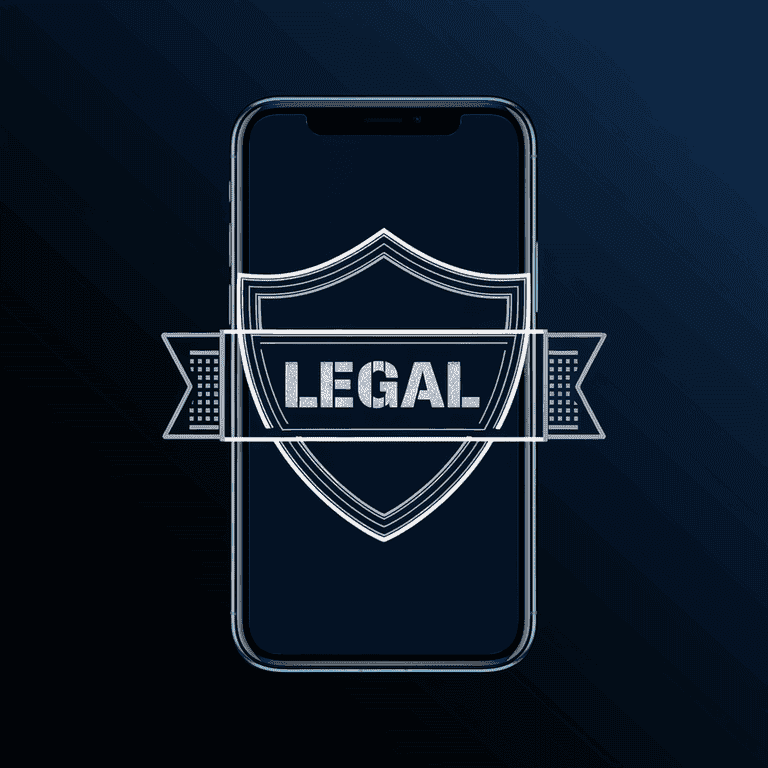
Legal Protections for Victims
Let’s discuss how the law can be a shield, not just a sword. There are several ways victims can seek protection and justice.
Reporting cyberstalking to law enforcement
The first step is often the hardest – speaking up. Here’s what victims should know:
- Document everything: Save screenshots, emails, and messages
- Report to local police: File a formal complaint
- Contact the FBI For cases crossing state lines
- Reach out to social media platforms: Report abusive behavior
Remember, law enforcement is there to help. Don’t be afraid to be your advocate.
Obtaining restraining orders
We touched on this earlier, but it’s worth diving deeper. Restraining orders can be a powerful tool:
- Temporary restraining orders (TROs): Quick protection, usually lasting a few weeks
- Permanent restraining orders: Longer-term protection can last for years
The process typically involves:
- Filing a petition with the court
- Attending a hearing
- Presenting evidence of the stalking
It’s like getting a personal “Do Not Disturb” sign backed by the force of law.
Preserving evidence for legal proceedings
In the digital world, evidence can disappear with a click. Here’s how to keep it safe:
- Take screenshots of all harassing messages
- Save emails in a separate folder
- Keep a log of all incidents, including dates and times
- Record any in-person encounters (if legal in your state)
- Back up everything to a secure cloud storage
Think of it as creating a digital paper trail. The more evidence you have, the stronger your case will be.
Remember, the law is on your side. These protections help victims regain control of their lives and find peace in the digital world. Don’t hesitate to use them if you find yourself in this challenging situation.
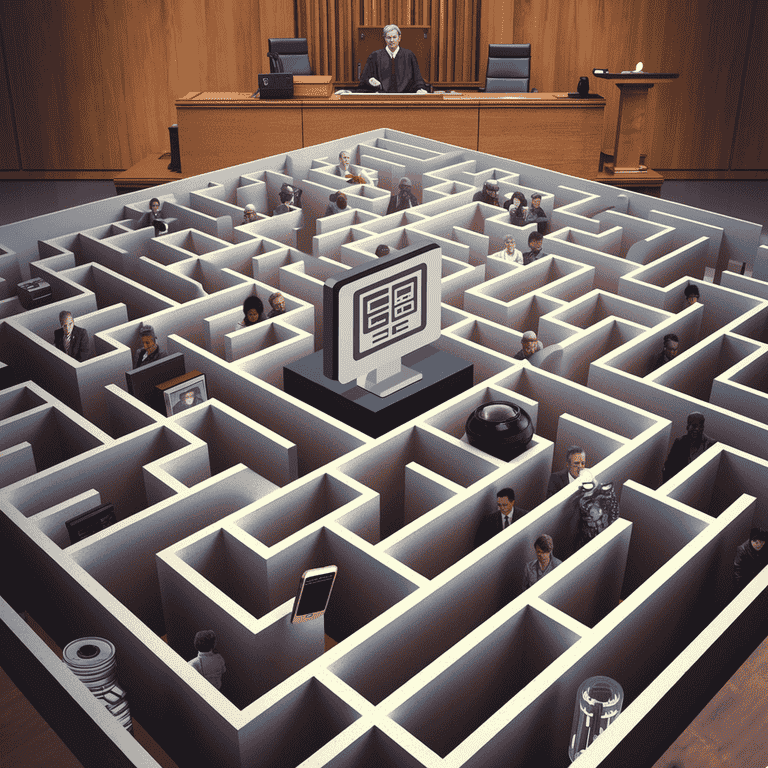
Challenges in Prosecuting Cyberstalking Cases
While the law provides tools to combat cyberstalking, sailing can be challenging. Prosecuting these cases can be like trying to catch a digital ghost. Let’s explore some of the hurdles faced by law enforcement and prosecutors.
Jurisdictional issues
The internet doesn’t care about state lines or country borders. This can create a real headache for law enforcement.
Consider this scenario:
- The victim lives in New York
- The stalker is in California
- The website hosting the harassing content is based in Texas
- The stalker uses a VPN that routes through Sweden
Who’s in charge here? It’s like trying to referee a game where players are on different fields!
Some challenges include:
- Determining which law enforcement agency should lead the investigation
- Deciding which court has the authority to hear the case
- Navigating different laws across jurisdictions
Anonymity of perpetrators
The internet is a master of disguise. Cyberstalkers often hide behind screen names, fake profiles, and encrypted communications.
Unmasking these digital villains can be challenging:
- IP addresses can be masked or changed
- Fake accounts can be created in minutes
- Encrypted messaging apps make tracking difficult
It’s like trying to find Waldo in a digital world where everyone can look like Waldo.
The burden of proof in cyberstalking cases
In the legal world, it’s not enough to just say, “They did it.” You need to prove it beyond a reasonable doubt. This can be tricky in cyberstalking cases.
Prosecutors need to show:
- The defendant sent the messages or made the posts
- The actions were intentional and malicious
- The victim suffered actual harm or fear
Imagine trying to prove who threw a paper airplane in a crowded room, but the aircraft is made of pixels, and the room is the entire internet.
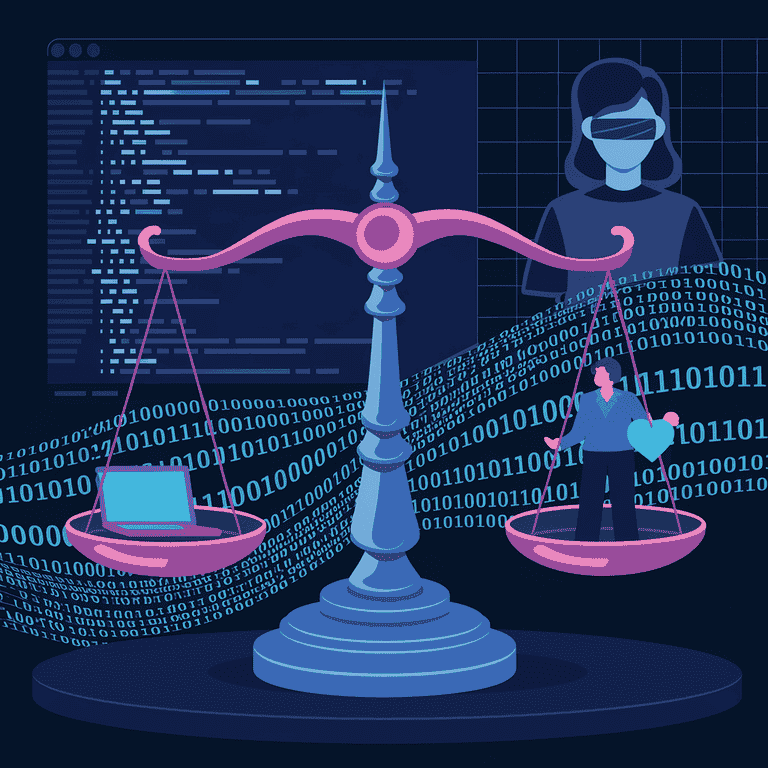
Recent Developments in Cyberstalking Legislation
The law is always playing catch-up with technology. But it’s making progress! Let’s look at some recent efforts to strengthen cyberstalking laws.
Combat Online Predators Act
This act, signed into law in 2020, packs a punch against cyberstalkers who target children.
Key points:
- Increases maximum prison sentence to 5 years for stalking minors
- Allows for up to 10 years for repeat offenders
- Requires the Attorney General to report on cyberstalking of children
It’s like giving law enforcement a giant net to catch these digital predators.
Updates to the Violence Against Women Act (VAWA)
VAWA has been a cornerstone in protecting women from various forms of violence, including cyberstalking.
Recent updates include:
- Expanded definitions of cyberstalking and online harassment
- Increased funding for cybercrime units
- Enhanced training for law enforcement on digital crimes
These changes are like giving the good guys better weapons in the fight against cyberstalking.
Other noteworthy developments:
- Some states are updating their laws to address “revenge porn specifically.”
- There’s growing recognition of the need for international cooperation in cybercrime cases
- Tech companies are under pressure to improve their response to online harassment
The legal landscape is evolving, but it’s like patching a boat while still in the water. As technology changes, so must the law.
Remember, these developments are steps in the right direction. They show that lawmakers are taking cyberstalking seriously and working to provide better protection for victims.
As we wrap up this comprehensive guide, it’s clear that while challenges remain, there are robust legal consequences for cyberstalking. The law is adapting, and victims have more resources than ever to fight against digital harassment.

Breaking It All Down
As we close this guide, remember: the internet should be a tool for connection, not a weapon for harassment. If you or someone you know is experiencing cyberstalking, don’t hesitate to ask for help. The law is on your side, and resources are available to support you. Stay safe out there in the digital Wild West. And remember, behind every screen is a natural person deserving of respect and dignity. Let’s work together to make the online world a better place for everyone.

Frequently Asked Questions
How can I tell if I’m being cyberstalked?
Signs of cyberstalking include:
- Receiving repeated unwanted messages.
- Noticing unauthorized access to your online accounts.
- Finding your personal information posted online without consent.
- Experiencing sudden changes in your digital presence that you didn’t make.
What should I do if I suspect I’m being cyberstalked?
If you suspect cyberstalking, document all incidents, change your passwords, increase privacy settings on social media, inform trusted friends and family, and report the behavior to law enforcement and relevant online platforms.
Can cyberstalking occur on dating apps?
Yes, cyberstalking can occur on dating apps. It may involve persistent unwanted messages, threats, or sharing private information from dating profiles without consent.
Are there any cyberstalking laws specific to minors?
Many jurisdictions have enhanced penalties for cyberstalking involving minors. The Combat Online Predators Act, for example, increases sentences for stalking minors online.
How does cyberstalking differ from cyberharassment?
While both involve unwanted online behavior, cyberstalking typically consists of a behavior that causes fear or distress. At the same time, cyber harassment may be broader and include less severe forms of online abuse.
Can someone be charged with cyberstalking if they never made direct threats?
Yes, cyberstalking charges don’t always require direct threats. Persistent unwanted contact, surveillance, or other behaviors that cause fear or distress can be sufficient for charges in many jurisdictions.
What role do social media companies play in preventing cyberstalking?
Social media companies are increasingly expected to have robust reporting mechanisms, cooperate with law enforcement, and implement features to protect users from cyberstalking and harassment.
How can I protect my children from cyberstalking?
Educate children about online safety, monitor their online activities, use parental controls, teach them about privacy settings, and encourage open communication about their online experiences.
Is it possible to be cyberstalked by someone you’ve never met?
Cyberstalkers can target individuals they’ve never met in person, often through online platforms, gaming communities, or by randomly selecting victims.
What should I do if I’m falsely accused of cyberstalking?
If falsely accused, document all interactions with the accuser, gather evidence of your innocence, avoid contact with the accuser, and consult a lawyer experienced in cybercrime defense.
Can cyberstalking lead to physical stalking?
Yes, cyberstalking can escalate to physical stalking. This is why it’s crucial to take cyberstalking seriously and report it to authorities early.
Are there support groups for cyberstalking victims?
Yes, there are online and in-person support groups for cyberstalking victims. These groups can provide emotional support, practical advice, and resources for coping with the effects of cyberstalking.

Glossary
Cyberstalking: Using electronic communications to harass, intimidate, or repeatedly contact someone against their will, often causing fear or distress.
Harassment: Persistent, unwanted behavior that causes annoyance, alarm, or emotional distress to the victim.
IP Address: A unique numerical label assigned to each device connected to a computer network, which can sometimes be used to trace online activities.
VPN (Virtual Private Network): A service that encrypts internet traffic and masks the user’s IP address, potentially making it harder to trace online activities.
Restraining Order: A legal directive issued by a court that prohibits an individual from contacting or coming near another person.
Tort: A civil wrong that causes someone to suffer loss or harm, resulting in legal liability for the person who commits the act.
Libel: Written defamation that damages a person’s reputation.
Slander: Spoken defamation that damages a person’s reputation.
Jurisdiction: The official power to make legal decisions and judgments, often referring to the geographic area or subject matter over which a court has authority.
Burden of Proof: The obligation to prove one’s assertion in a legal proceeding.
Compensatory Damages: Money awarded to a plaintiff to compensate for damages, injury, or other incurred losses.
Punitive Damages: Additional damages are imposed to punish the defendant for especially harmful behavior and to deter similar future actions.
Misdemeanor: A criminal offense that is less serious than a felony and generally punishable by a fine or imprisonment for a term of less than one year.
Felony: A serious crime, usually punishable by imprisonment for more than one year or death.
Statute: A written law passed by a legislative body.
Injunction: A court order requiring a person to do or cease doing a specific action.
Defamation: Any intentional false communication that harms a person’s reputation.
Encryption: The process of encoding information so only authorized parties can access it.
Revenge Porn: The distribution of sexually explicit images or videos of individuals without their consent.
Digital Footprint: The data trail created by a person’s online activities, interactions, and communications.

Additional Resources for You from The Rosenblum Allen Law Firm.
In addition to the resources already mentioned, our lead attorney, Molly Rosenblum Allen, Esq., has created several other valuable guides to assist you during this challenging time:
- Criminal Defense Attorneys: Comprehensive guidance on various criminal defense strategies and procedures.
- Las Vegas DUI Lawyer: Effective advice on handling DUI charges in Las Vegas, including potential defenses and consequences.
- Domestic Violence Lawyer Las Vegas: Information on domestic violence laws, protective orders, and defense strategies.
- Drug Possession Lawyer: Insights into drug possession laws, penalties, and potential defense approaches.
- Sex Crimes Attorney: Detailed information on sex crime laws, defenses, and the legal process.
- CPS Defense Attorney: Guidance on dealing with Child Protective Services investigations and related legal issues.
- Misdemeanor Lawyer: Information on misdemeanor charges, their potential impacts, and defense strategies.
- Las Vegas Warrant Defense Attorney: Advice on handling outstanding warrants and navigating the legal system.
- Las Vegas Probation Violation Attorney: Guidance on probation terms, violations, and potential consequences.
- Theft Crime Defense Lawyer: Information on various theft crimes, their penalties, and possible defenses.
- Kidnapping Lawyers: Detailed explanation of kidnapping laws, penalties, and defense strategies.
- Juvenile Defense Lawyers: Specialized information on juvenile law, procedures, and defense approaches.
- Firearms Lawyer Las Vegas: Guidance on firearm laws, rights, and legal issues related to gun ownership and use.
These resources are designed to provide you with valuable information and support as you navigate your legal journey. We encourage you to explore these guides to gain a better understanding of your situation and options.

Offsite Resources for You
- StopBullying.gov: A comprehensive government website offering information and resources on bullying and cyberbullying prevention.
- Common Sense Media: Provides resources for parents and educators on digital citizenship and online safety.
- Cyberbullying Research Center: Offers up-to-date information on the nature, extent, causes, and consequences of cyberbullying.
- PACER’s National Bullying Prevention Center: Provides resources for parents, schools, teens and youth to address bullying.
- NetSmartz: An educational program by the National Center for Missing and Exploited Children that provides age-appropriate resources to help teach children how to be safer online.
- ConnectSafely: Offers research-based safety tips, advice, news and commentary on all aspects of tech use and policy.
- National Crime Prevention Council: Provides resources and information on various crime prevention topics, including cyberbullying.

A Special Message from Our Lead Attorney, Molly Rosenblum Allen, Esq

Dear Reader,
If you’re facing a situation related to cyberbullying or any other legal matter, please know that you don’t have to face it alone. My team and I are here to help guide you through the legal process with expertise and compassion.
I invite you to take the next step and give us a call at (702) 433-2889. We can discuss your situation, answer your questions, and start working on a strategy tailored to your specific needs.
Remember, taking action is the first step towards resolution. We’re ready to listen and provide the professional legal support you deserve.
I look forward to the opportunity to assist you.
Warm regards,
Molly Rosenblum Allen, Esq.

